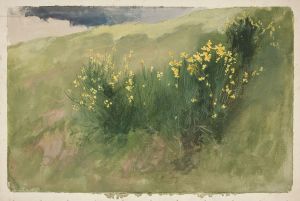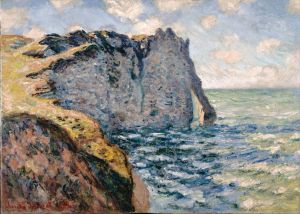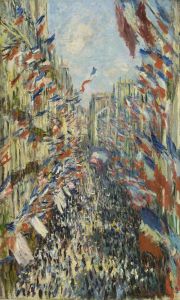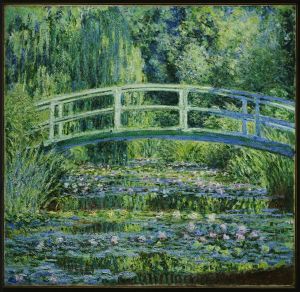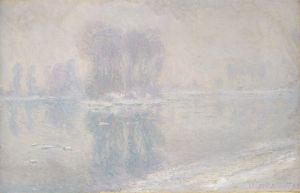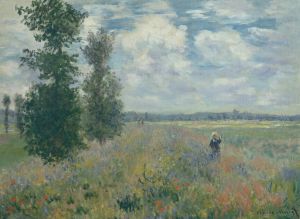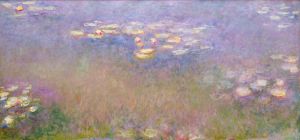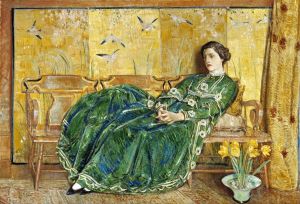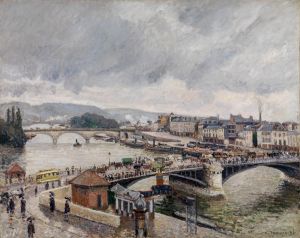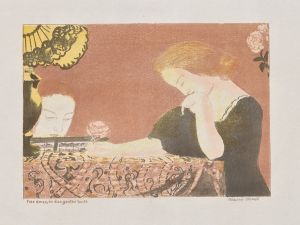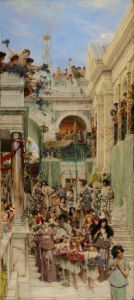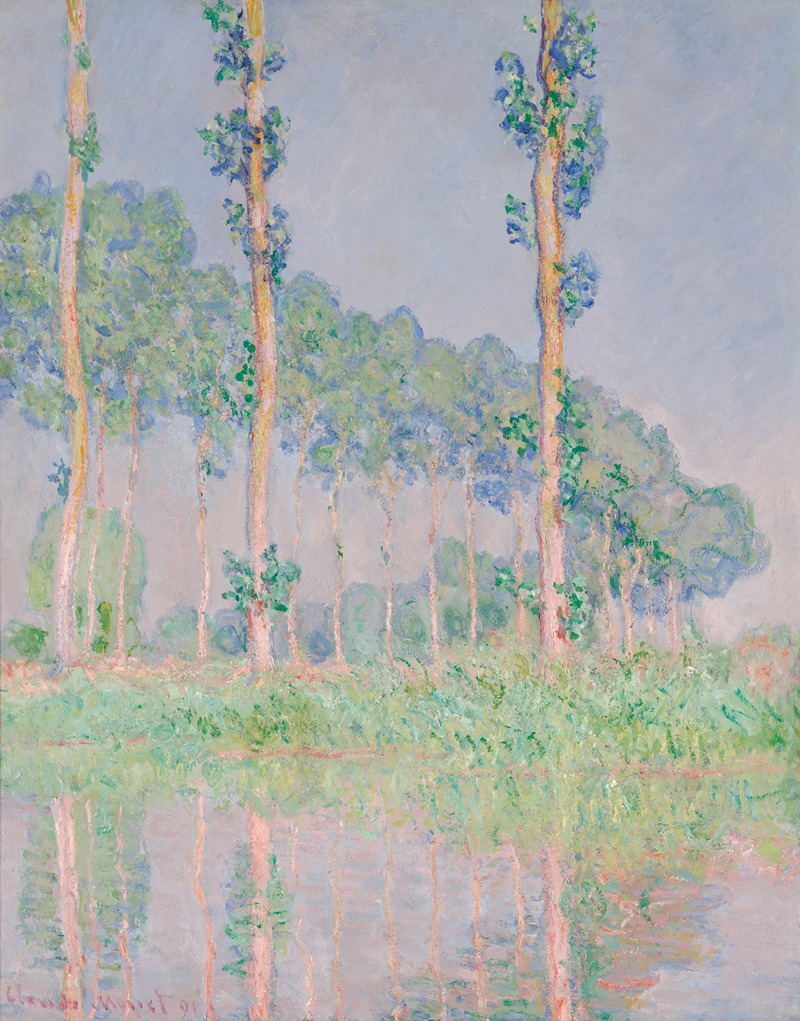
Poplars, Pink Effect
A hand-painted replica of Claude Monet’s masterpiece Poplars, Pink Effect, meticulously crafted by professional artists to capture the true essence of the original. Each piece is created with museum-quality canvas and rare mineral pigments, carefully painted by experienced artists with delicate brushstrokes and rich, layered colors to perfectly recreate the texture of the original artwork. Unlike machine-printed reproductions, this hand-painted version brings the painting to life, infused with the artist’s emotions and skill in every stroke. Whether for personal collection or home decoration, it instantly elevates the artistic atmosphere of any space.
Claude Monet's Poplars, Pink Effect is one of the paintings from the renowned "Poplars" series, created by the French Impressionist painter in 1891. This series is celebrated for its exploration of light, color, and atmosphere, hallmarks of Monet's Impressionist style. The Poplars series consists of multiple works depicting a row of poplar trees along the Epte River near Monet's home in Giverny, France. The trees were situated on a stretch of land that Monet rented to ensure he could continue painting them without interference, as they were scheduled to be cut down.
Poplars, Pink Effect is distinguished by its warm, pinkish tones, which capture the fleeting effects of light during a specific time of day. Monet's technique involved painting the same subject under varying conditions of light, weather, and season, allowing him to study and convey the ephemeral qualities of nature. This particular painting exemplifies his mastery of capturing atmospheric effects, with the pink hues suggesting the soft glow of sunrise or sunset.
Monet worked on the Poplars series from a boat outfitted as a floating studio, enabling him to position himself at different vantage points along the river. The series was painted during the spring and summer of 1891, and Monet often worked on multiple canvases simultaneously, switching between them as the light and weather changed. This method allowed him to document the subtle variations in color and mood that defined each moment.
The Poplars series, including Poplars, Pink Effect, was well-received by critics and collectors during Monet's lifetime. The paintings were exhibited at the Galerie Durand-Ruel in Paris in 1892, where they garnered significant attention for their innovative approach to landscape painting. Today, individual works from the series are housed in various museums and private collections around the world, though the exact location of Poplars, Pink Effect may vary depending on ownership and exhibition arrangements.
Monet's Poplars series remains a testament to his dedication to capturing the transient beauty of nature. Through his innovative use of color and light, Monet transformed a simple row of trees into a profound exploration of perception and the passage of time.





